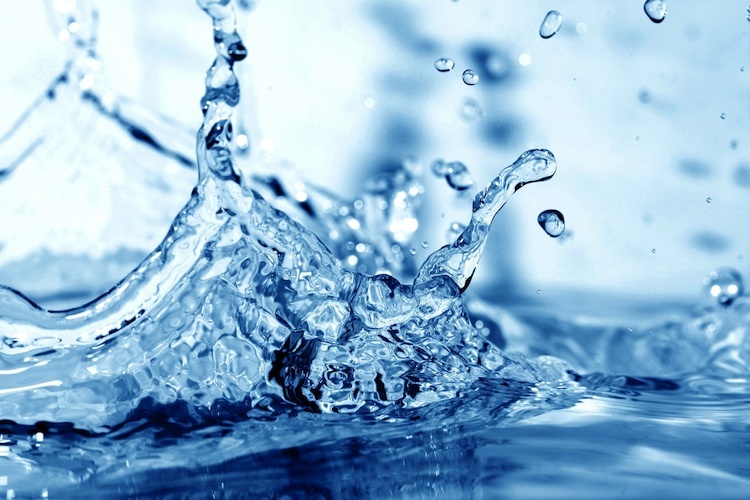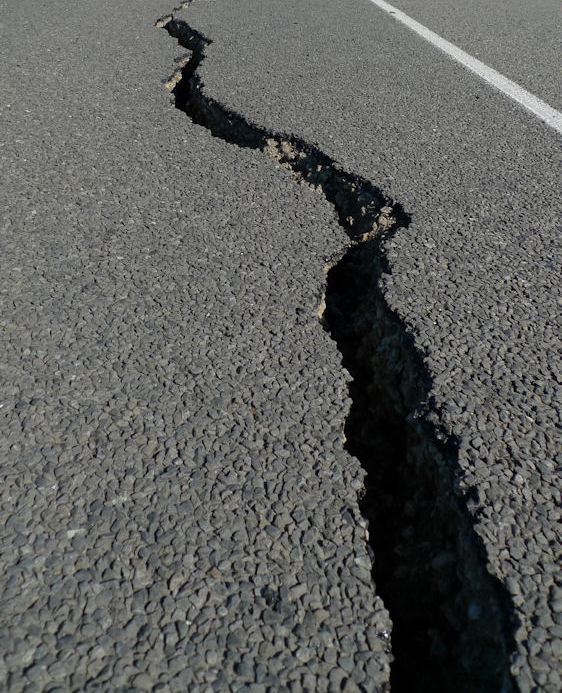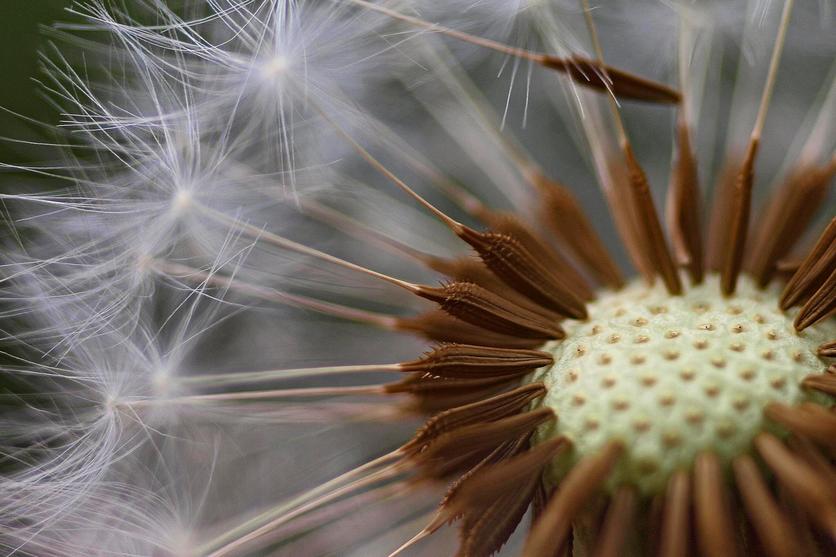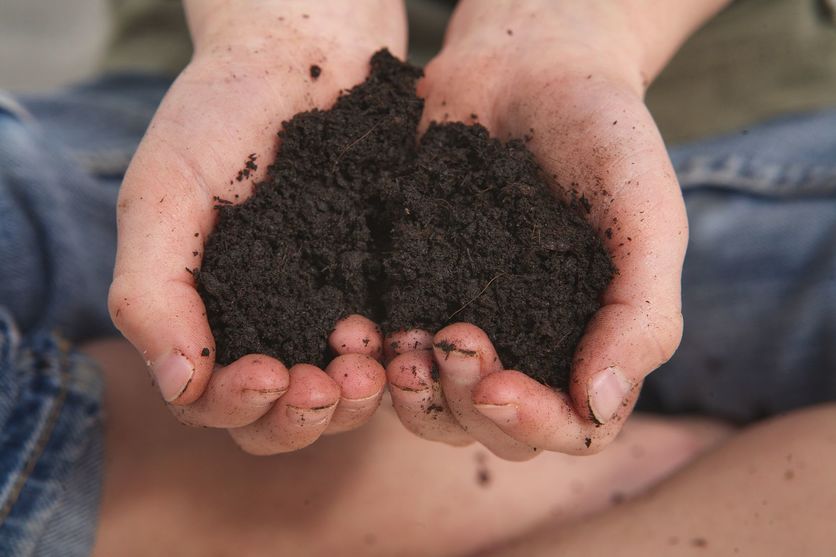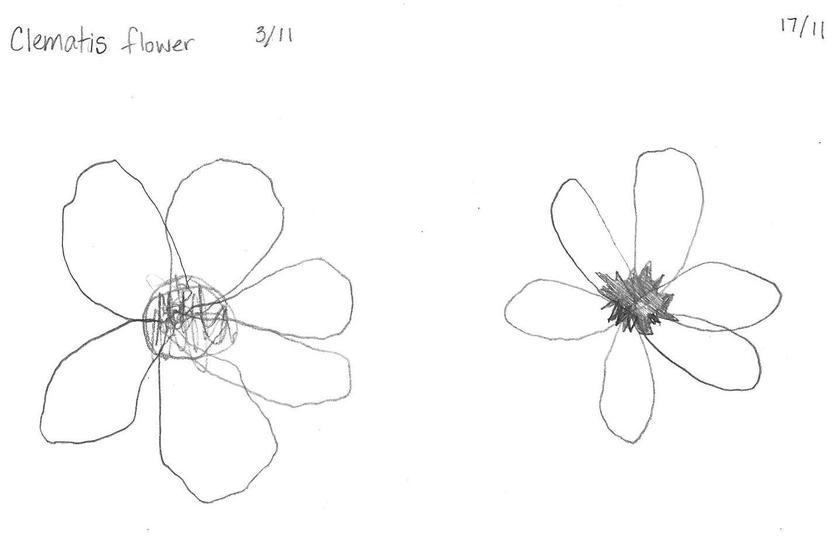These science resources – written specifically for the junior school (level 1 and 2) develop science ideas about water; melting and freezing; solids, liquids and gases; bubbles; earthquakes; volcanoes; the Earth; tectonic plates; and plant life processes such as pollination, the seed-flower cycle, seed dispersal, spores, and flower and fruit parts; weather; and observation. They can also be used with less-confident older students.
Follow the links in each introductory article to view the supporting articles, videos and student activities.
Observing water
A Material World resource for NZ Curriculum levels 1 and 2. Investigate the characteristics of solids, liquids, gases and bubbles by observing water and its unusual properties. Build children’s ability to use scientific language to suggest explanations for their observations.
A teacher emailed us this feedback on using this junior resource:
I have been using it and found the hands on activities great!
Teacher
On shaky ground
A Planet Earth and Beyond resource for NZ Curriculum levels 1 and 2. Use models to gather evidence on why New Zealand is home to so many earthquakes and volcanoes. Visit the interactive planning pathway – a gateway to collections of articles, multimedia, student activities and stories of New Zealand’s science and engineering sectors. By using a combination of these resources, teachers can combine and build on conceptual understandings, capabilities development and assessment opportunities into relevant learning experiences.
Here is what one teacher had to say about using this science story:
I discovered careful teacher questioning and discussion made the difference between “we got to eat cake today” and “we learned that tectonic plate movement causes earthquakes.
Teacher
Seeds, stems and spores
A Living World resource for NZ Curriculum levels 1 and 2. Explore and use models to explain science ideas related to plant life cycles, seed dispersal and how some plants reproduce without seeds.
Below is from a pollination wall display by some Year 2 students:
We learnt about pollination…We flew from flower to flower. We collected nectar and pollen rubbed onto us. It was fun!
Soil
A Planet Earth and Beyond resource for NZ Curriculum levels 1 and 2. Without soil, we would be hungry, thirsty, naked, homeless and breathless. Use observation to explore the precious resource that is often treated like dirt.
When the parents come in, the kids love to show off the soil samples and explain how we dug them out of the ground. The resources made for a great teaching tool.
Teacher
Weather
Weather is a common topic in junior classes. We have activities to build some simple data-gathering devices. They are an effective way to learn how scientists use tools to measure and collect data about the environment. They support the development of the science capabilities, especially ‘Gather and interpret data’, ‘Use evidence’ and ‘Critique evidence’.
- Making a thermometer
- Making a barometer
- Making a rain gauge
- Making a weather vane and compass
- Making an anemometer
Observation
Observation is a key skill in science. We have two simple activities to help students gain competency in this skill: Making a simple microscope and Developing observational skills in younger students.
The interactive Learning about the water cycle groups information and activities in one place. There are several activities that are ideal for cross-curricular study.
Other content
There is a large number of Connected journal articles on the Hub. We provide related resources to support and broaden the science concepts featured in these articles.
Remember you can use our filters to find content specifically suitable for primary teachers within our topic and concept collections and search. Discover why we curate resources by topics and concepts in this PLD article Science topics and science concepts.
The Science Learning Hub is instrumental in helping primary teachers come to grips with science and then to deliver exciting and engaging science activities and learning to students. This article provides links to our primary level PLD resources. Our recorded webinar What does the Hub look like in the classroom? demonstrates what it looks like to plan using the Hub and how you might adapt resources for your students.
If you want any further help, please contact us.
Useful link
The Science Spark website has a range of guides and activities for children from ages 8 to 11.
